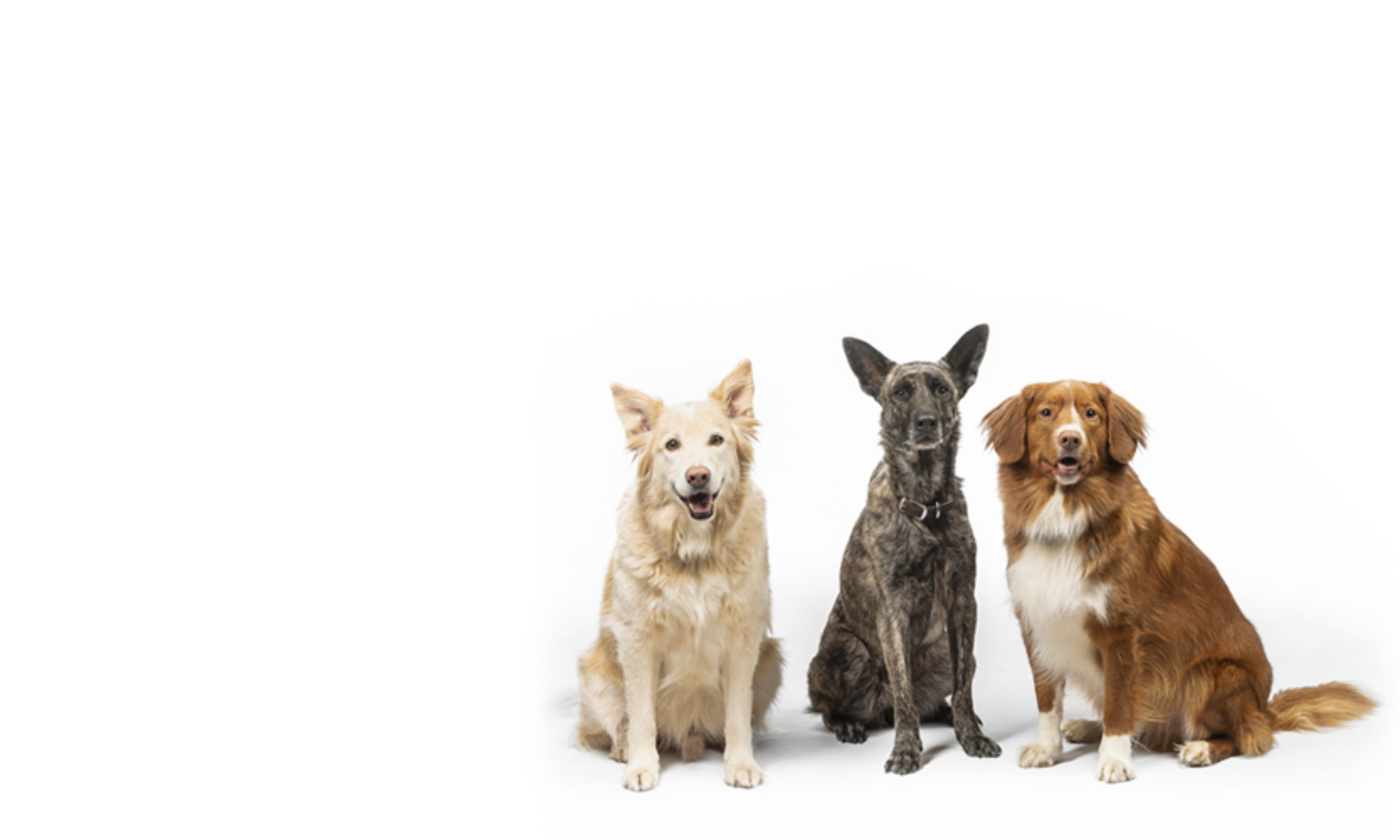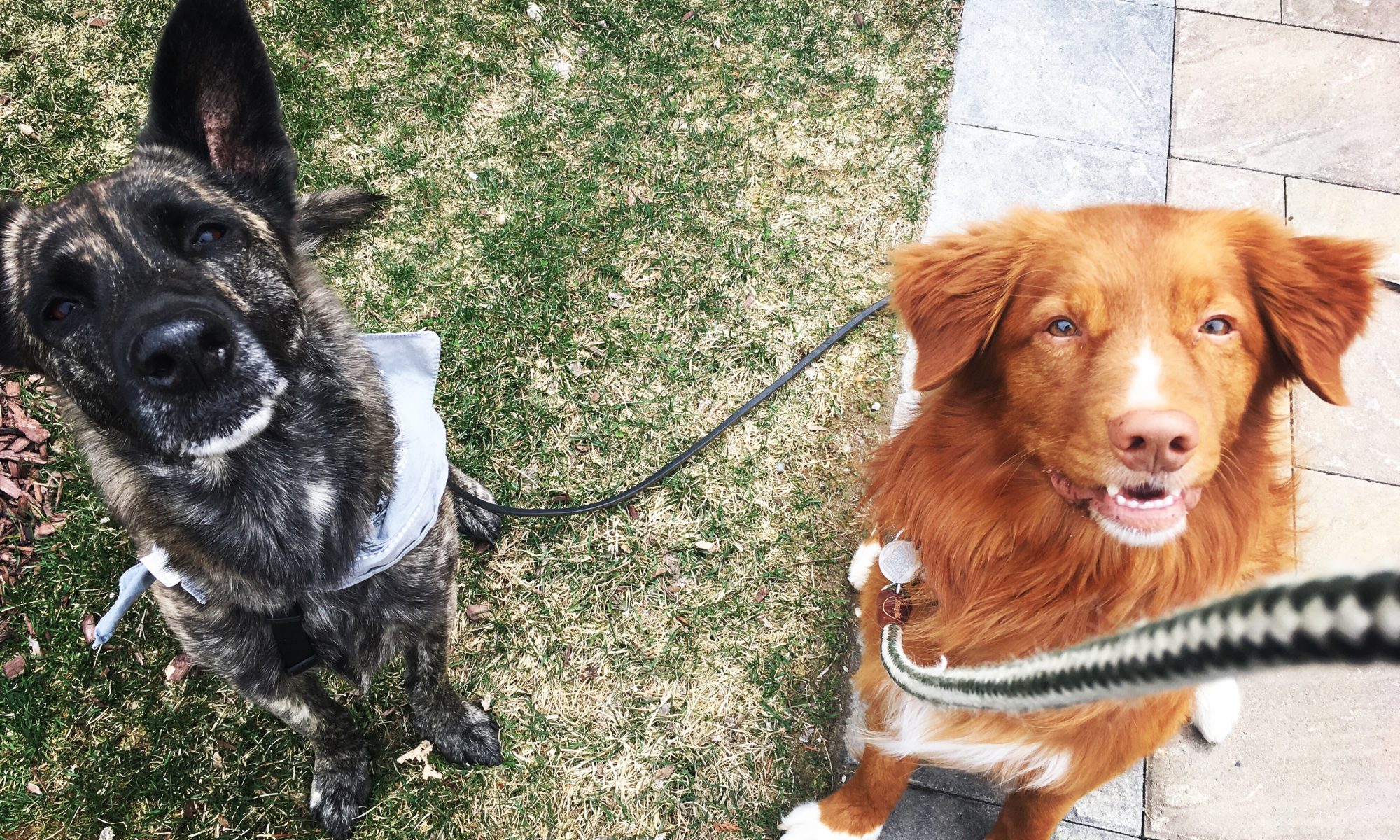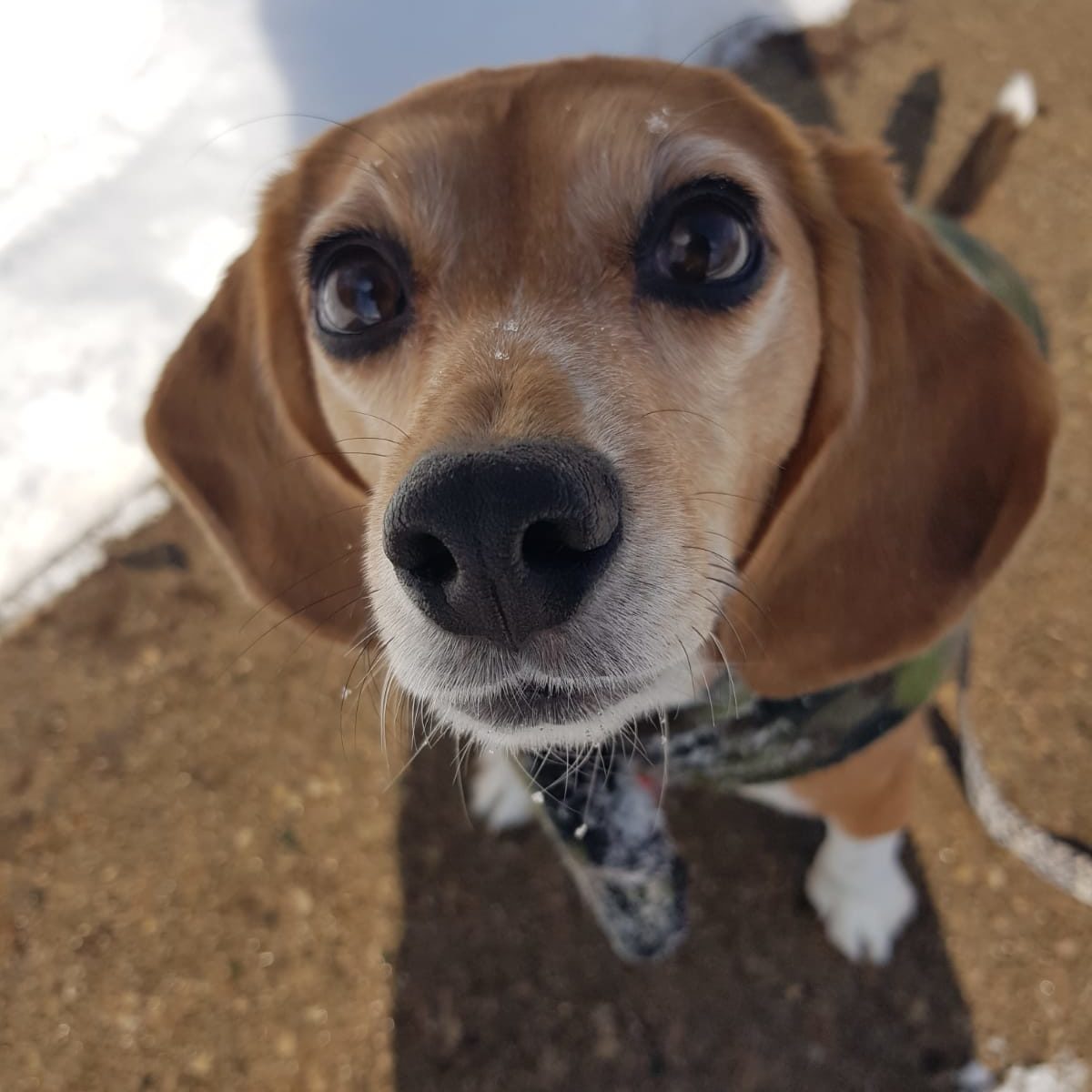Finding the time to train your dog can be difficult and frustrating. Consistency and deliberate practice are the largest predictors of success in training, but sometimes it can be a challenge to find that quality one on one time to work with your dog on behavioural goals. We hear you!
Although classrooms are great places for dog’s to learn (such as puppy class), the real practice for everything taught in class is found in your home and neighbourhood. One hour of practice a week, crammed into a busy Saturday will do little for your dog, therefore breaking up your training into small bits throughout the week is the best course of action if improvement is your goal.

Training sessions should be short, successful and productive. Your dog should enjoy the session and you should keep the ‘momentum’ of their success relatively high. In other words, the session should be all about the dog ‘winning’ or succeeding at the desired skill you are training. For example, if you are practicing Sits in your home, your dog should be enjoying the session, fully engaged and performing the behaviour at least 8 times out of 10 repititions.
Training sessions should also be frequent, since your dog is essentially learning a new ‘skill’ that will be used in your day to day life. In order for the behaviour to stick and to be ‘proofed’, repetitions are going to be an unavoidable part of your routine with your dog. This is where people tend to struggle. Like any skill (even the ones humans need to learn), if it is not integrated properly into our routine and it is not fun, following through with a training plan can be a big challenge….so we have created a little tip and training game just for you to try!
A simple way to implement training into your daily routine is to use your dog’s meal times as training times. This rule is called Work to Eat, but it doesn’t necessarily mean your dog has to work for their entire meal or at a specific time – do what works best for your schedule. Some options for your training sessions could be:
- Train early in the morning around breakfast for 5 minutes, and at dinner time for 5 minutes before feeding your dog the rest of their meal
- Use the entire meal for training, followed by some play time
- Feed half of your dog’s meal through training, the other half through a treat dispensing puzzle or mental stimulation toy (need ideas? check out our post here)
- Practice training games that are fun and keep learning interesting for you and your dog
By switching your dog’s meal times to training times (even if it is just for 5 minutes) you will create a dog who is eager, motivated and interested in working with you consistently, making your training schedule a breeze!
The Game
The Set Up
This game involves rewarding focus and direct eye contact, in addition to impulse control. It also involves rewarding the dog at a distance from you (from the bowl to be exact). If your dog loves and recognizes their food bowls (most do) this one will be great for you to try as it requires offering a behaviour before being allowed to feed from their bowl!
- For Novice dogs, keep a leash on them for this game. For intermediate dogs or more advanced options, try having your dog off leash.
- Set up your food bowl about 2 feet in front of you, and get your dog to sit next to you in heel position (close to your left leg or right leg).
- Grab a piece or two of kibble from your pocket, and toss the food into the bowl ahead of you. Your dog will naturally stare, or pull towards the food. This is where your leash comes in handy (if your dog is a Novice) or your impulse control is tested (if your dog is advanced)
- The goal is to have your dog look at you for 5 seconds. Despite the temptation of the reward in front of them, they are focusing on YOU. Once your dog has performed the desired skill, mark the behaviour and release them to take their food from their bowl!
- Repeat this for 5 minutes and see how quickly your dog catches on!
Extra Tips
New dogs or young puppies will naturally spend more time staring at the food in front of them than you – this is ok! Try not to coax them to look at you; we want them to problem solve. If they are on leash, hold the leash back and wait for them to become bored with staring and glance at you. Mark and reward this and build the skill!
Meal times can be great training opportunities if we get creative and enjoy the process of learning rather than dreading it!
Happy Training










